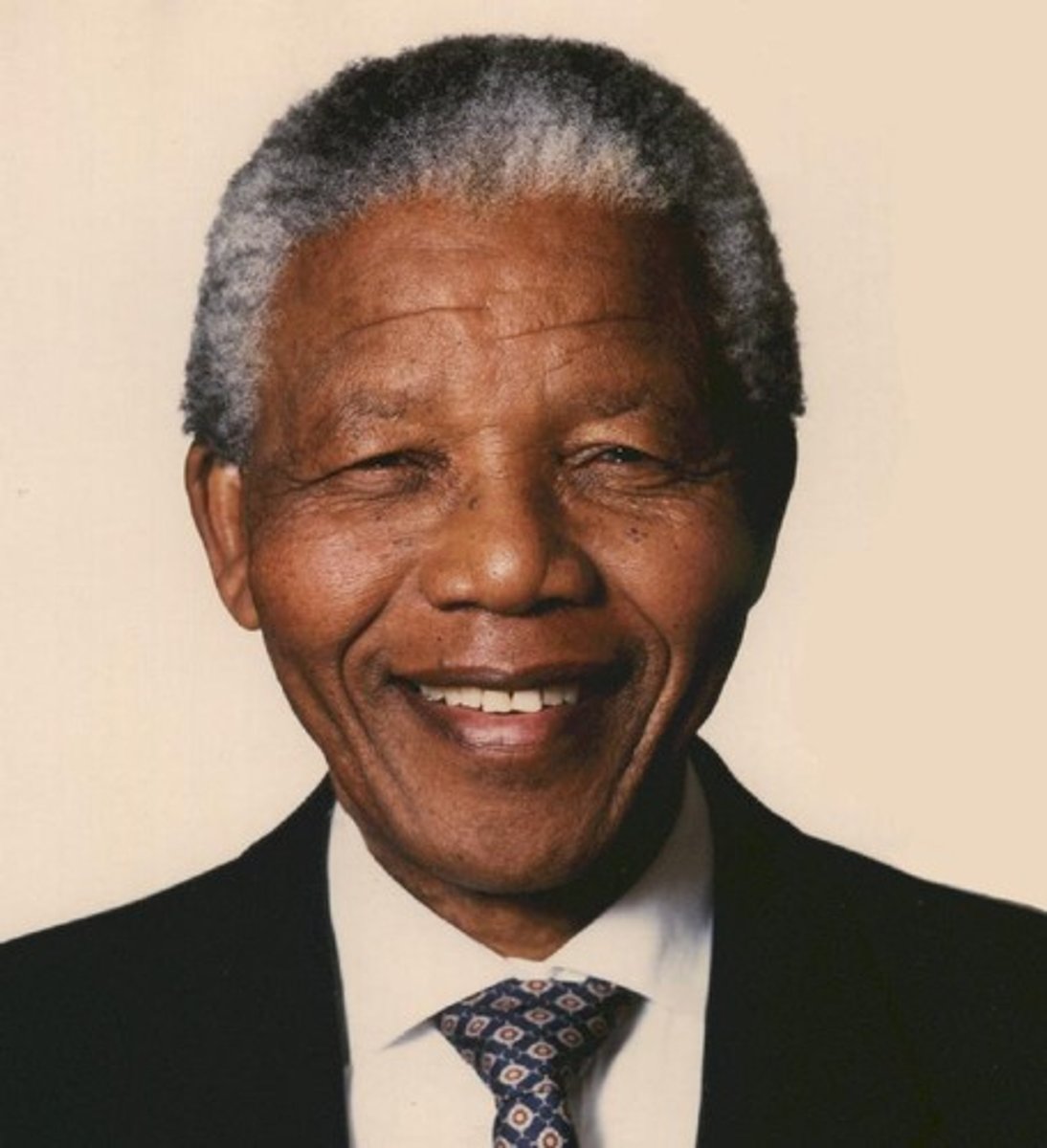IB History Paper 1 - Civil Rights + Apartheid (copy)
1/69
Earn XP
Description and Tags
Name | Mastery | Learn | Test | Matching | Spaced |
|---|
No study sessions yet.
70 Terms
Jim Crow Laws
Laws introduced by the Southern States to encourage a "separate but equal" approach to segregation.
What constitutional law case argued for segregation?
1896 Plessy v Ferguson stated that if separate conditions for blacks and whites were equal, segregation was constitutional.
What group demonstrated the violence against African Americans?
The Klu Klux Klan; began a widespread vigilante group that aimed to resist reconstruction in the US. Their acts of brutality included whipping senior citizens, lynching and burning churches. They also attacked sympathetic whites.
What was disenfranchisement?
Legal methods used by the Southern states to prevent blacks from voting. A 1890 registration poll tax and literacy tests excluded poor and illiterate African Americans. A grandfather clause was also introduced. By 1900, only 3% black people could vote in Southern states.
What was the constitutional milestone for education in the US?
1954 Brown v Board of Education in Topeka. June 1951 - Oliver Brown brought his case to the Topeka State court for the integration of Topeka's schools but was refused. May 1954 - The NAACP filed a class action suit of 13 parents against the Board. The Supreme court ruled that segregation by race in public schools was unconstitutional.
What was the significance of Brown v Board?
It was a rejection of Plessy v Ferguson.
What event demonstrated the application of the Brown v Board ruling?
1957 Little Rock Nine. The Little Rock Arkansas school board adhered to the BvB ruling and accepted 9 African-American Applications to Little Rock Central High.
What opposition was there to the Little Rock Nine attending the formerly all white school?
Governor Orval Faubus claimed "blood would run in the streets" if the students attempted to attend school. The Pulaski County issued an injunction to halt integration (this was reversed by the Federal District Judge Ronald Davies). 4 Sept 1957 - Segregationists blocked access to the school and Faubus sent the National Guard to keep the peace and support the protestors. 23 September: The Nine students entered the school by a side door but were met with an angry mob of 1000 white Americans.
What was the name of the student who accidentally became the centre of the mob's attacks?
Elizabeth Eckford who arrived to the school alone by mistake.
What role did the Federal government play in Little Rock?
20 Sept: Judge Ronald Davies ordered Faubus to withdraw the national guard. 24 Sept: President Eisenhower sent 1200 troops to protect the Little Rock Nine and escort them to class.
What was the impact of Little Rock?
The US had a negative foreign image in the media. Integration was limited as by 1964, less than 5% black students attended desegregated schools. Overall, state-sponsored segregation remained in southern schools.
Who was Emmett Till? (1955)
Emmett Till was a 14 year old boy from the North who was beaten to death after allegedly wolf-whistling at a White woman. His mother publicised the murder through an open coffin funeral; the killers were acquited by an all-white jury.
What is the link between Emmett Till and the Civil Rights Movement?
It demonstrated the violence against African Americans. Rosa Parks said she was affected by the death the day she refused to give up her seat on the bus.
Who was Rosa Parks? (1955)
Rosa Parks was an active member of the NAACP and a respected member of the black community. 1 December 1955, Parks refused to give up her seat according to transport laws. She was arrested and on the 5th, she appeared in court and fined $10.
How did Rosa Parks spark a boycott?
Local Rights activists such as Martin Luther King and Ralph Abernathy planned a rally on the 5th to start their challenge to transport segregation laws. 20 000 people were involved in the Monday Boycott and 7000 attended the evening rally.
How was there central leadership in the Montgomery Bus Boycott?
The Montgomery Improvement Association (MIA) was created to oversee the continuation and maintenance of the boycott. MLK was chosed to lead the MIA and his baptist church was used as a base for the campaign.
What were the economic impacts of the boycott?
70% of bus users were black, affecting bus companies. Instead, lifts were organised and black taxi companies charged 10 cents per ride.
How was the Montgomery Bus Boycott resisted?
Some employers sacked workers taking part in the boycott. A "no boycott" law in Montgomery led to the Boycott leaders getting arrested. MLK and other leaders' homes were firebombed. There was general, daily harassment of the protestors.
What was the duration of the Montgomery Bus Boycott?
It lasted 381 days with approximately 20 000 black people involved in the boycott on a daily basis.
What was the outcome of the boycott?
The Federal court ruled that bus segregation was unconstitutional. The Montgomery city officials appealed the case in the Supreme court who upheld the decision. 20 December 1956 - the boycott ended when King, Abernathy and other leaders travelled on an integrated bus.
What was the significance of Greensboro in the Sit-ins?
In February 1960, 4 black students in Greensboro sat at a White only lunch counter in a Woolworth's store. By the third day, 2 of the 65 seats in the store were occupied with black students. These were the first of the sit-ins.
What was the impact of the sit-in on Woolworths?
Its sales dropped by 1/3 nationwide, leading to management desegregating in July 1960.
What approach did students of the sit-ins take?
Non-violence resistance; a "jail, no bail" policy.
What was the overall impact of sit-ins?
By 1961, more than 800 towns and cities had desegregated public areas. The non-violent approach of the students won them support on an international and national level.
What did the organisation CORE attempt to do in May 1961?
They arranged freedom Rides to test the Supreme Court's December 1960 decision to integrate all interstate bus stations/terminals.
Who was involved in the Freedom Rides and where did they take place?
The National director of CORE, James Farmer and 12 volunteers travelled from Washington DC to Georgia, Alabama and Mississippi on two buses.
What type of violence did the freedom riders face?
In Alabama, one of the buses were firebombed and a mob kept the doors shut to burn the riders to death. Photographs of the beaten riders and their attack featured in major newspapers.
What role did the SNCC play in the freedom rides?
The SNCC sent in reinforcements following the rider's attacks. Over the next six months, over 1000 people took part in the rides.
What role did Robert Kennedy play in the freedom rides?
He had to order 400 US marshalls from the North to protect the people part of the movement. In Nov. 1961, he petitioned the Interstate Commerce Commission to enforce desegregation.
Who organised the 1964 Freedom Summer?
CORE, SNCC and the NAACP.
What was the aim of the Freedom Summers?
They aimed to 1) end the political disenfranchisement of African Americans in the Deep South. 2) To politically represent black people.
How was the aim of ending political disenfranchisement tackled?
The SNCC sent white northern college students as volunteers to Mississippi to train black people to pass voter registration and set up community projects called Freedom Schools.
How was the aim of politically representing black people tackled?
The Mississippi Freedom Party was formed and led by Fannie Lou Hamer. Over 80 000 people joined the Party and 68 delegates attended the Democratic Party Convention in Atlantic City and challenged the attendance of the all-white Mississippi delegation.
What were the violent outcomes of the Freedom Summer?
6000 white knights of the KKK's campaign of arson and murder led to 30 black homes and 37 black churches getting firebombed. Up to 80 volunteers were beaten by racist mobs/police officers.
What murder was associated with the Freedom Summer?
James Chaney, Andrew Goodman and Michael Schwerner were murdered by the KKK in June 1964. 3 years later, the deputy Sherriff and six others were convicted in connection to the deaths.
What were the more positive outcomes of the Freedom Summer?
Over 70 000 students took part in the Freedom summers - 80 000 people joined the Mississippi Freedom Party. 41 Freedom schools were established and more than 3000 African-American Youth attended.
Why did JFK introduce a bill for Civil rights in Congress in 1963?
He, due to him arguing for a new Civil Rights act, gained 70% of the black vote. It aimed to give black people equality in public housing and education.
What role did LBJ play in the Civil Right Act?
July 1964 - LBJ pushed for the passing of the Civil Right Act.
What did the Civil Rights Act do?
It made racial discrimination in public places illegal. Equal Employment Opportunities. Businesses would be monitored and cut off from federal funds if there was evidence of racial discrimination.
What committees were put in place to implement the Civil Rights Act?
The Fair Employment Practices Committee and the Equal Employment Opportunity Committee.
What was the problem with voting in 1965?
Only 2 million black voters amongst a possible 5 million.
What occured during the March 1965 Selma to Montgomery March?
The marchers were stopped by state troops. Marchers were attacked with batons and teargas. Johnson sent a federal troop escort so the marchers could complete their march.
When and how was the Voting Rights Act introduced?
It was introduced in August 1965. Although it was opposed by southern politicians, it was passed by majorities in the House of representatives (333 to 48) and the Senate (77 to 19).
DF Malan
Afrikaner nationalist Prime Minister, advocate of fascism, racial purity, and designer of much of Apartheid
National Party (NP)
The now-defunct party that created apartheid and dominated politics during the apartheid era
Petty Apartheid
The first stage of the Apartheid era from 1948 - 1959; also called "baaskap" ("boss rule"); it's main purpose was, through a series of laws and actions, to ensure the complete domination of the white ethnic minority and the subjugation of the Black majority.

Grand Apartheid
The second stage of the Apartheid era, beginning with the government of HF Verwoerd in 1959; its main goal was the complete territorial segregation of South Africa. It tried to establish moral legitimacy behind the apartheid system
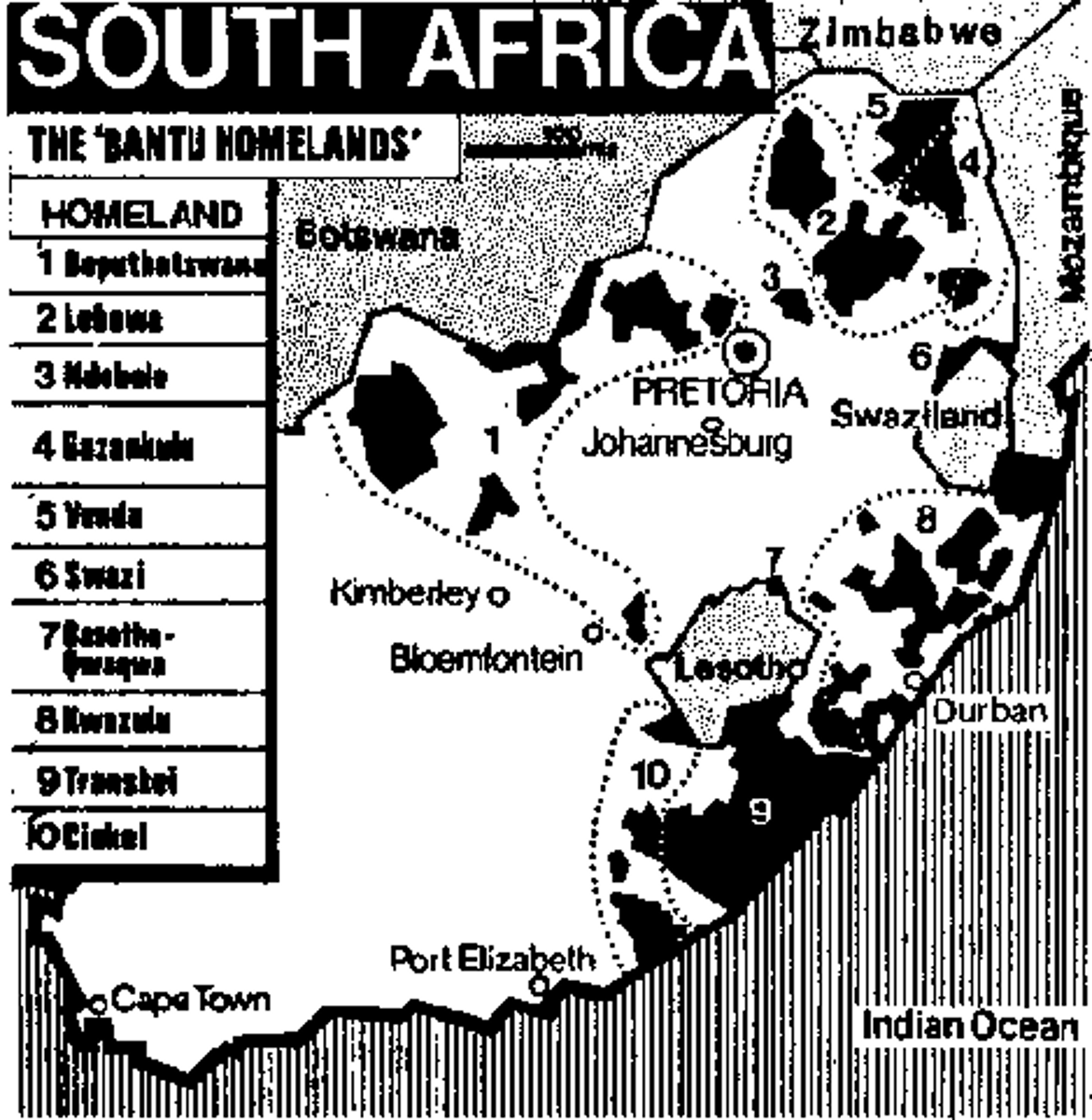
Population Registration Act of 1950
required that each inhabitant of South Africa be classified and registered in accordance with his or her racial characteristics as part of the system of apartheid.
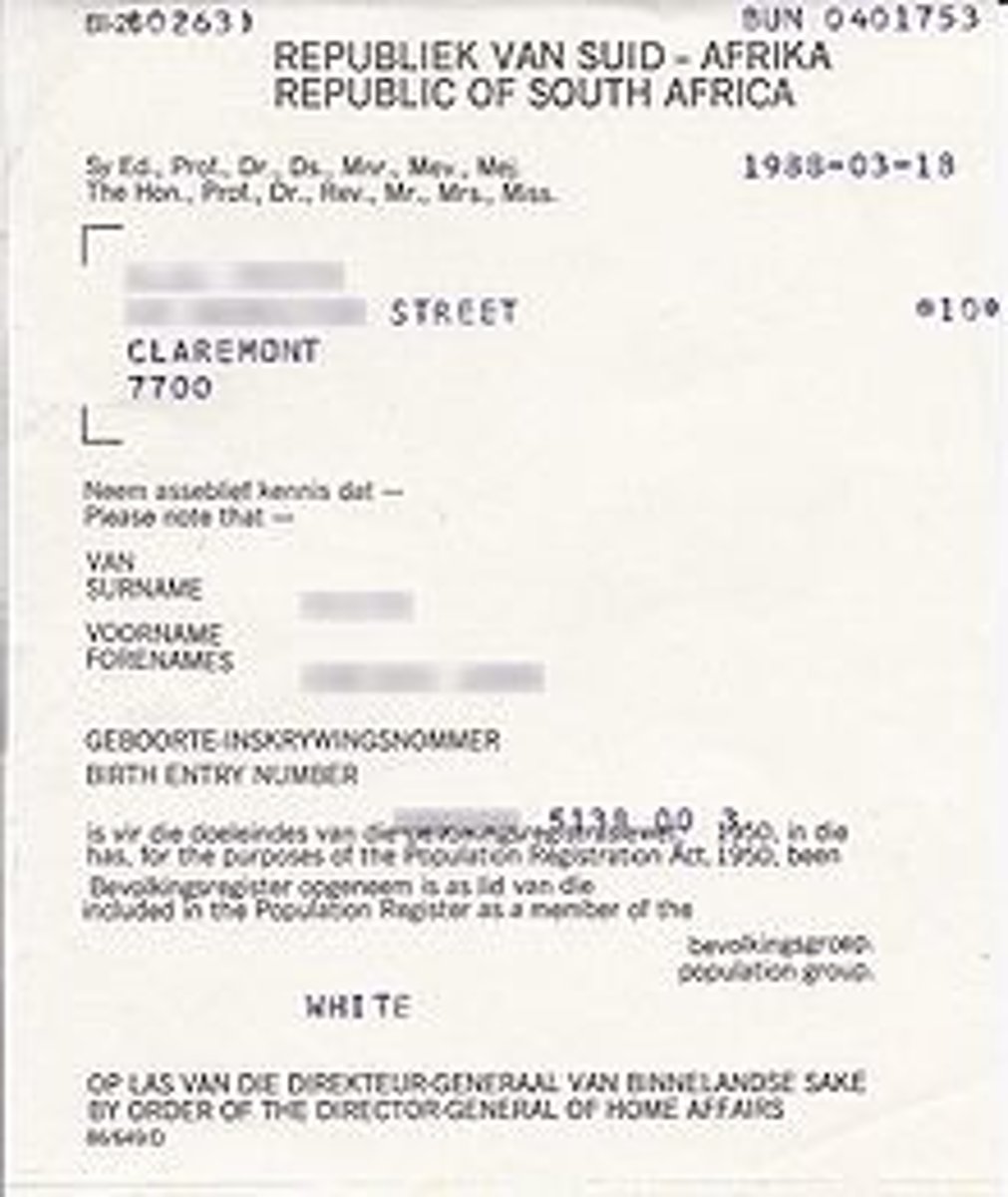
Race Classification Board
Board charged with deciding which race a person belonged to
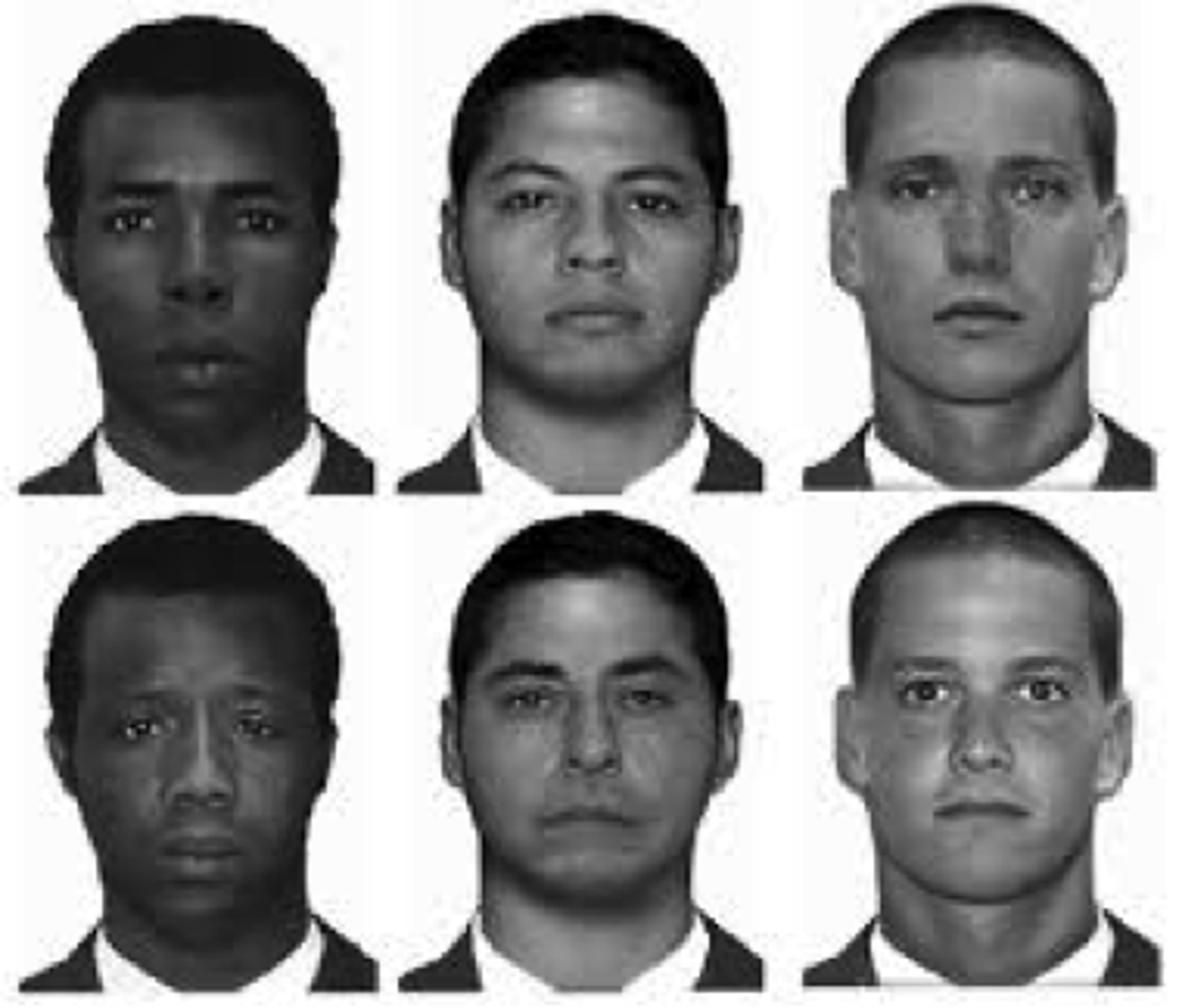
Prohibition of Mixed Marriages Act (1949)
Banned marriages between white people and black people.
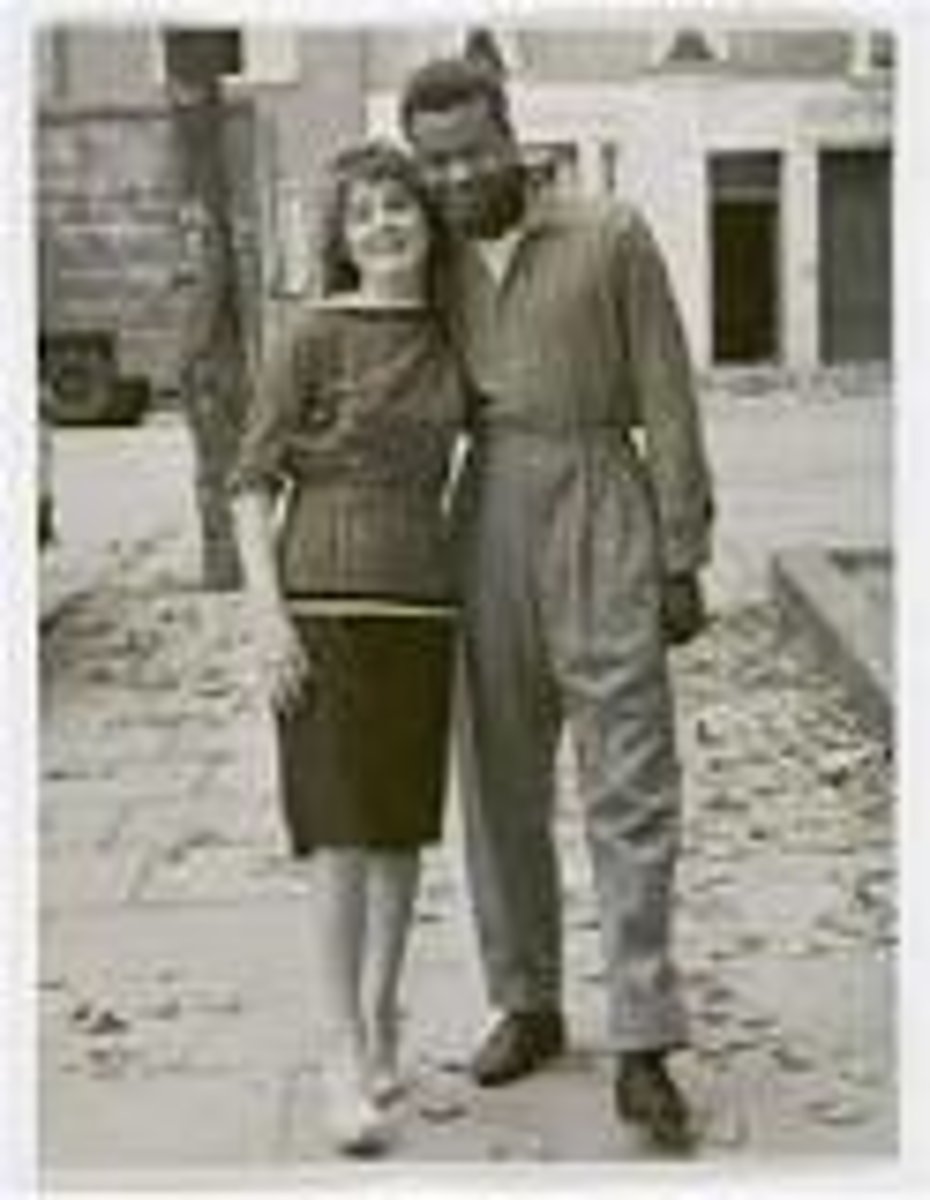
Immorality Act (1950)
Prohibited all sexual relations between whites & non-whites.
Most couples found guilty were sent to prison!
Non-whites were given harsher sentences than whites.
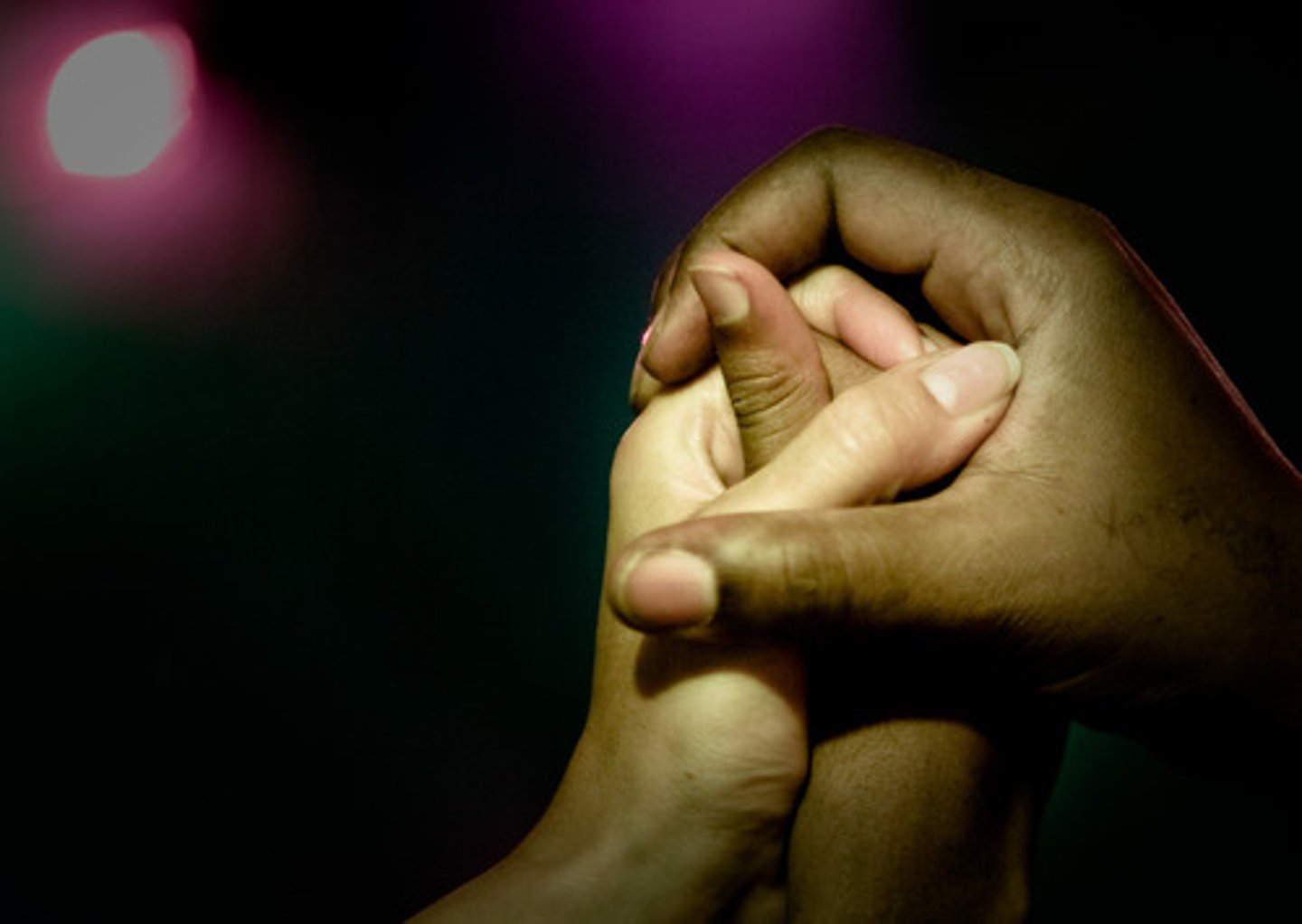
Reservation of Separate Amenities Act (1953)
Ensured signs were put up in public places saying 'Europeans Only' in the white areas and 'Non-Europeans Only' in the areas designated for black people or coloureds. These signs were put up everywhere, including train stations, post offices, parks, and beaches. The best facilities and services were reserved for white people.
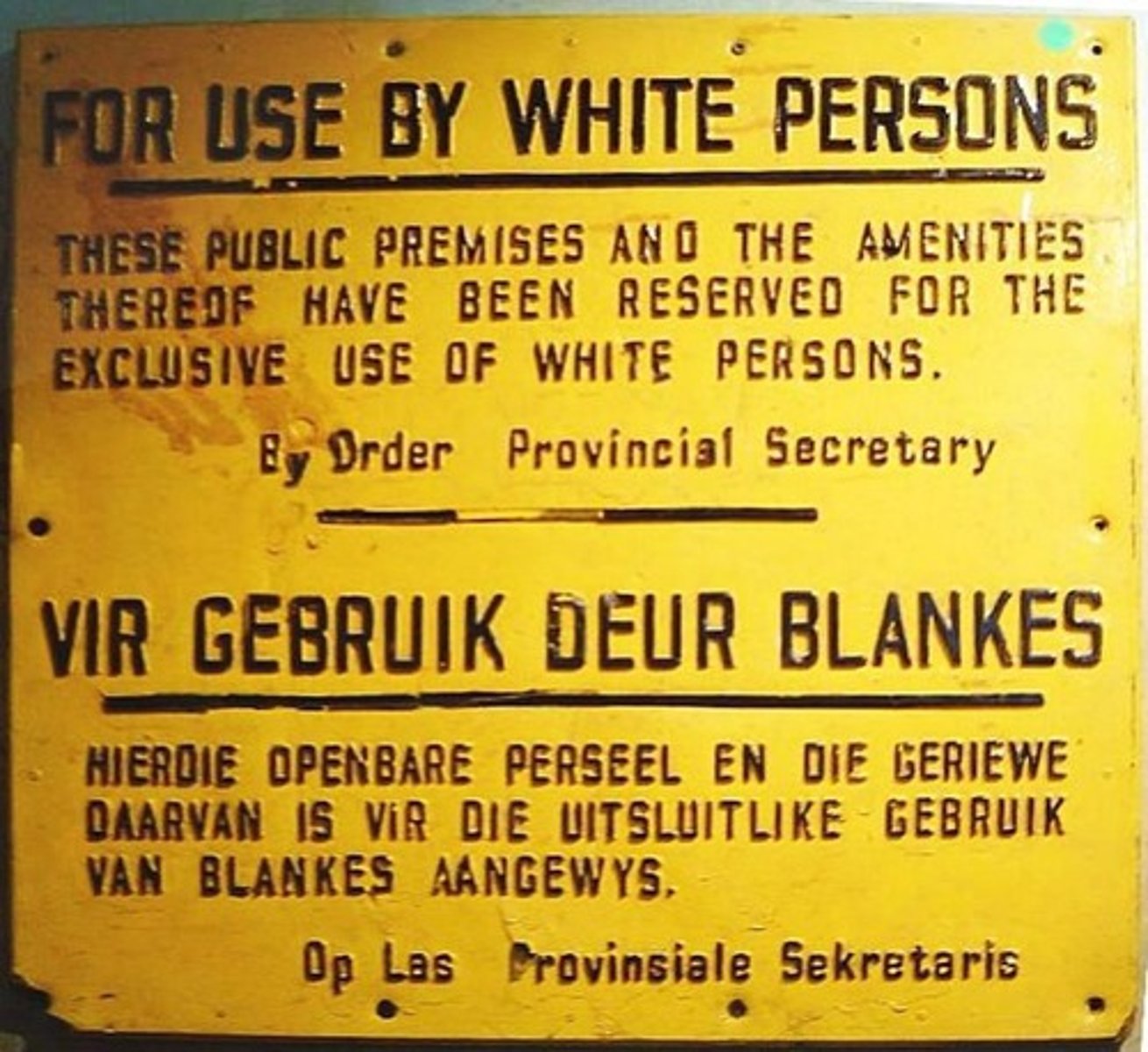
Group Areas Act (1950)
Relegated non-whites to designated residential areas in South Africa
Pass Laws Act (1952)
-"Passbooks" would be required to be carried at all times
-Not having your passbook was a crime
-Passbooks were used by the white government to harass and criminalize blacks
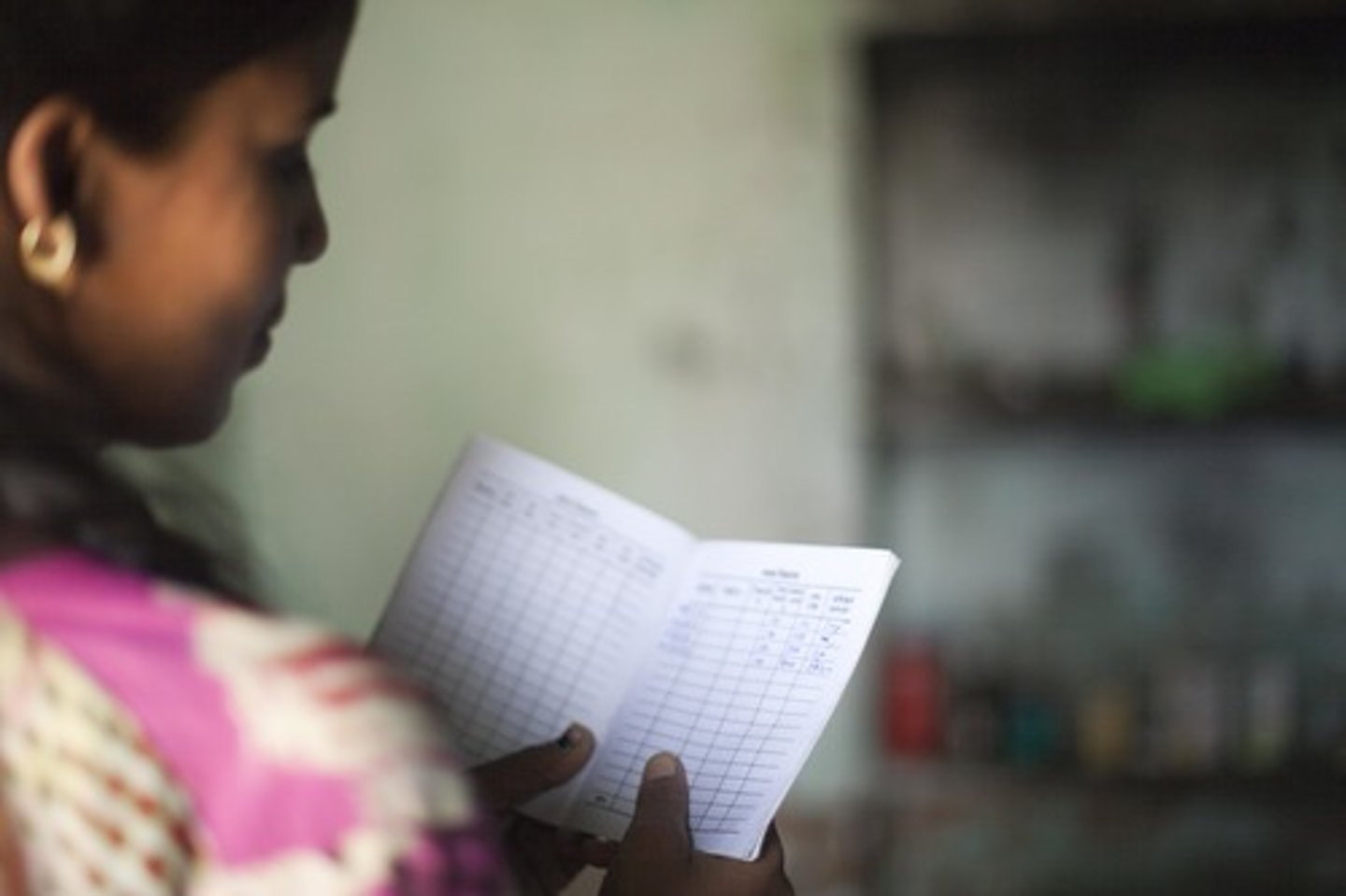
Sophiatown
Johannesburg township, center of black cultural life, cleared out by authorities because of its proximity to white suburbs
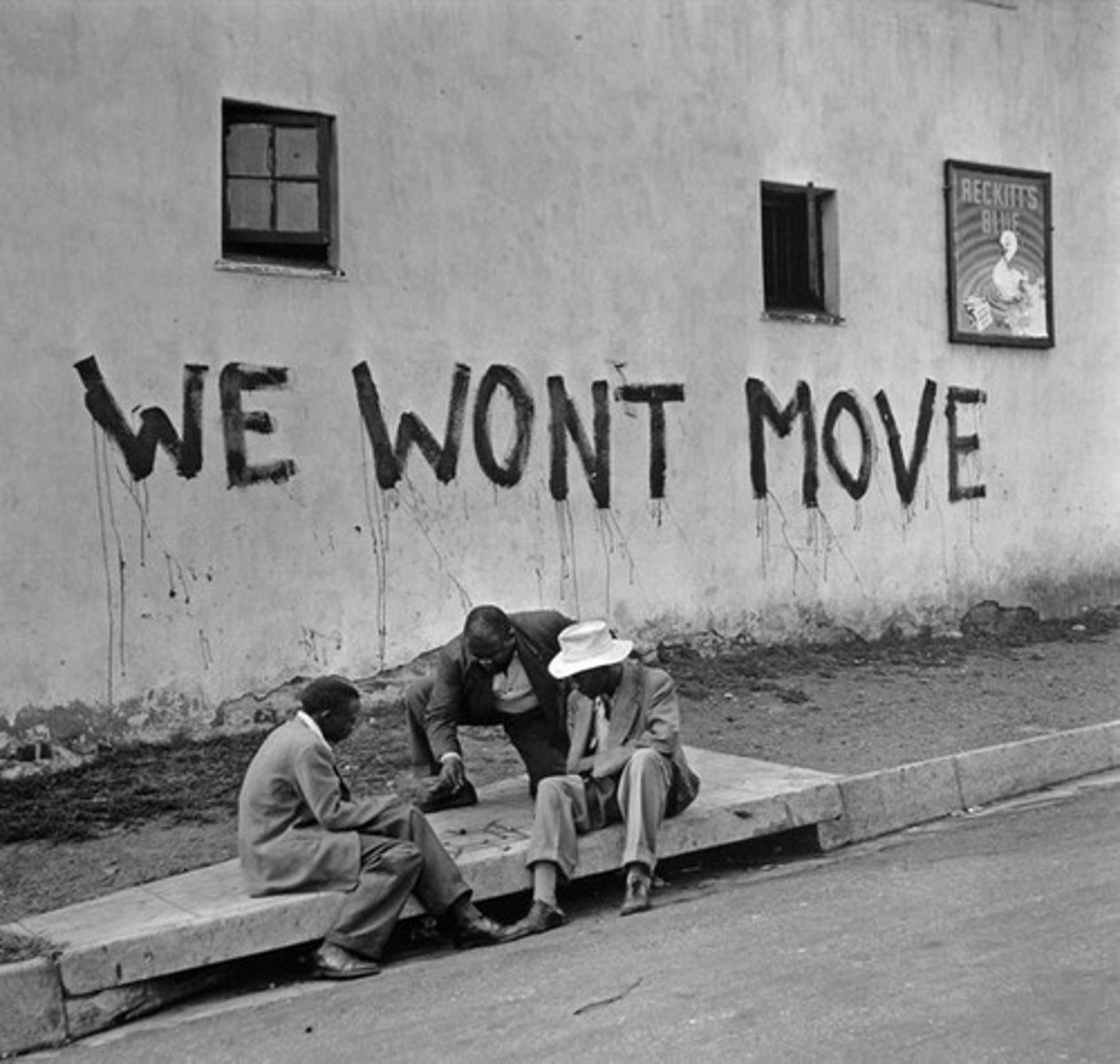
Bantu Education Act (1953)
-Schools were segregated
-Non-white schools had fewer resources than white schools and were in worse conditions
-Students were taught about tribal identity and culture
-poor education was justified by the mentality that "non-whites are only meant to be menial workers anyway"
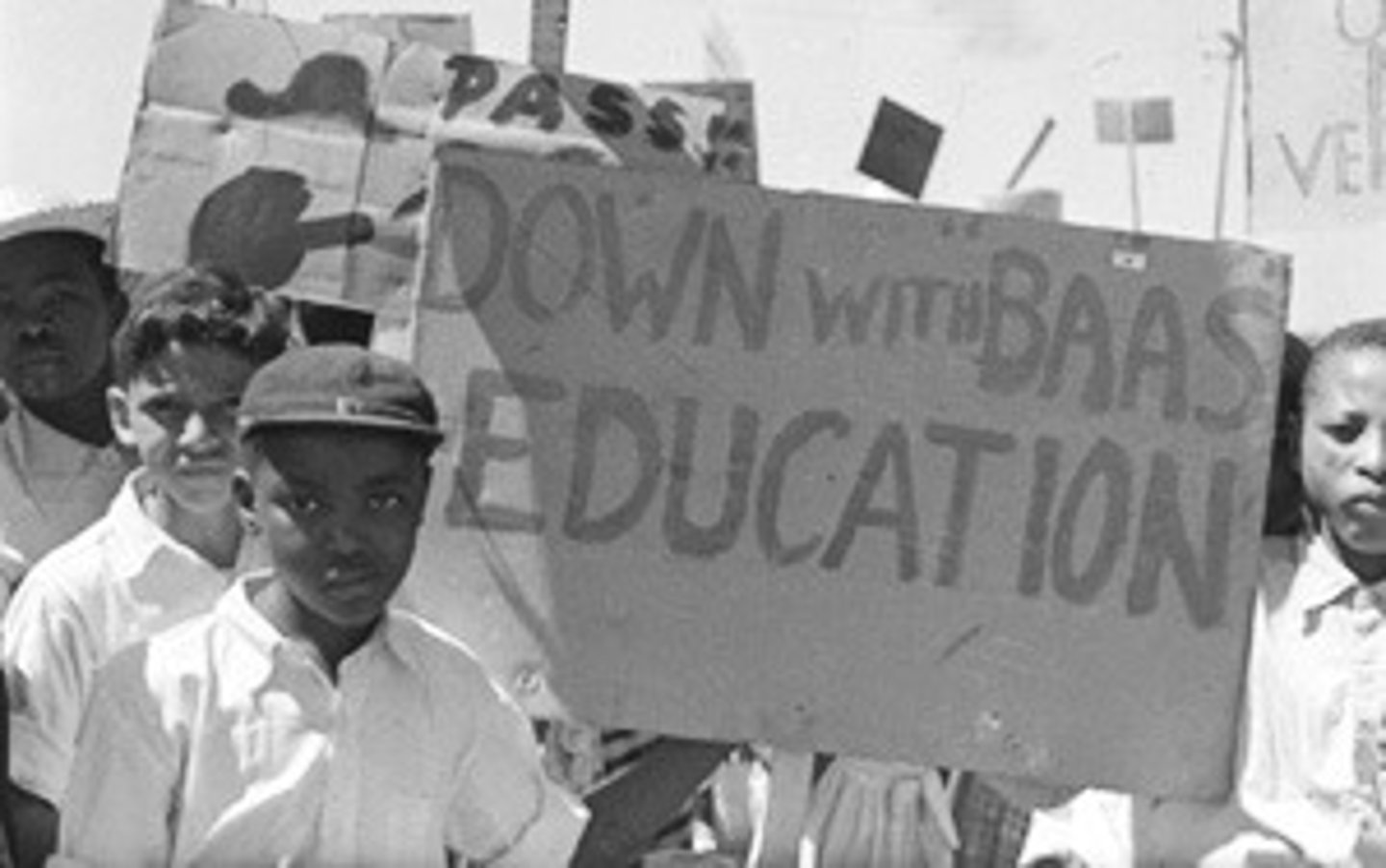
Extension of University Education Act
An apartheid policy that stopped non-Europeans from entering English speaking universities
Bantustan system
also known as "homelands" system, apartheid policy where black inhabitants were forced to live on territories set aside by government (part of grand apartheid)
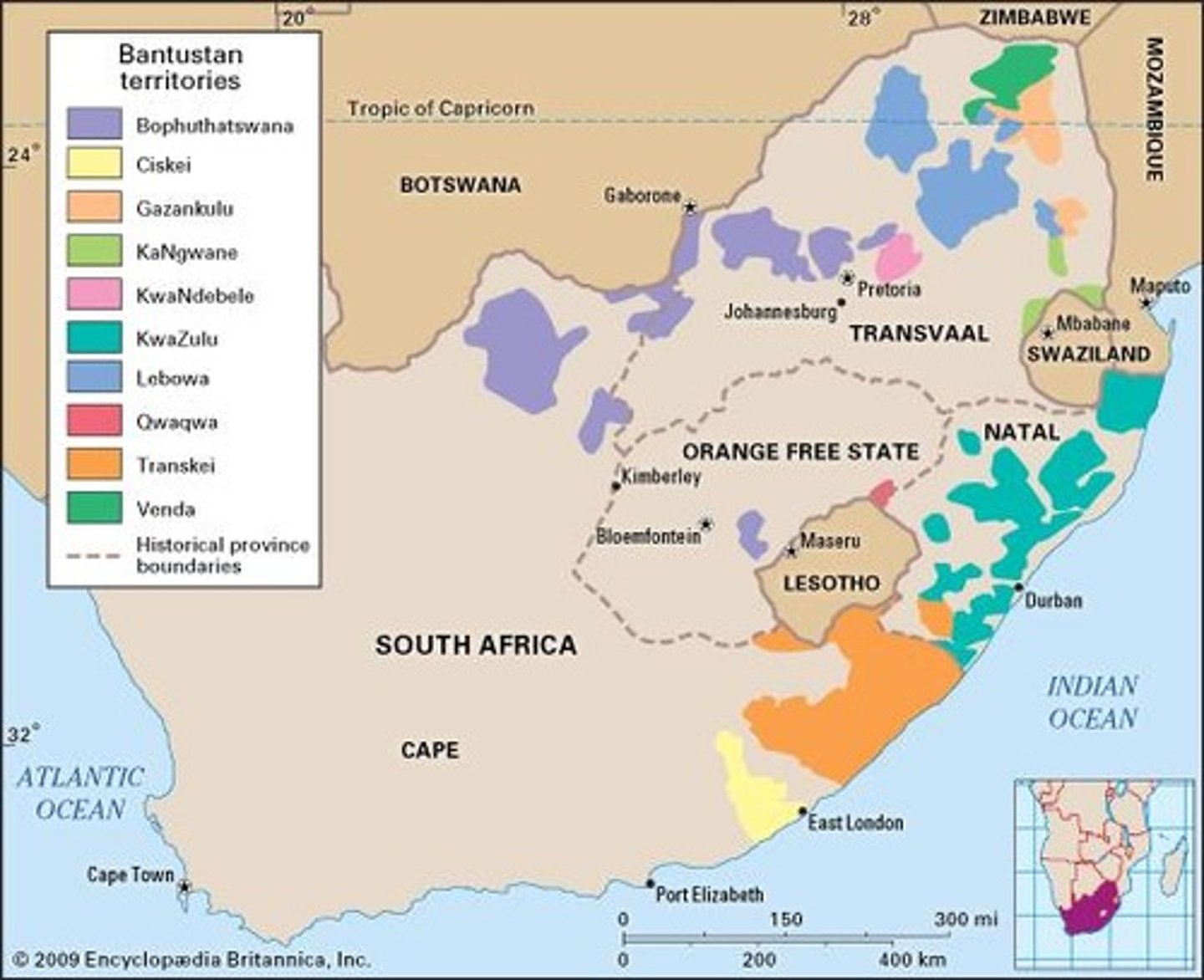
Verwoerd
SA's prime minister from 1958-1966. He came up with and implemented apartheid. "Father of Apartheid." He was a member of the National Party and was assassinated in '66.
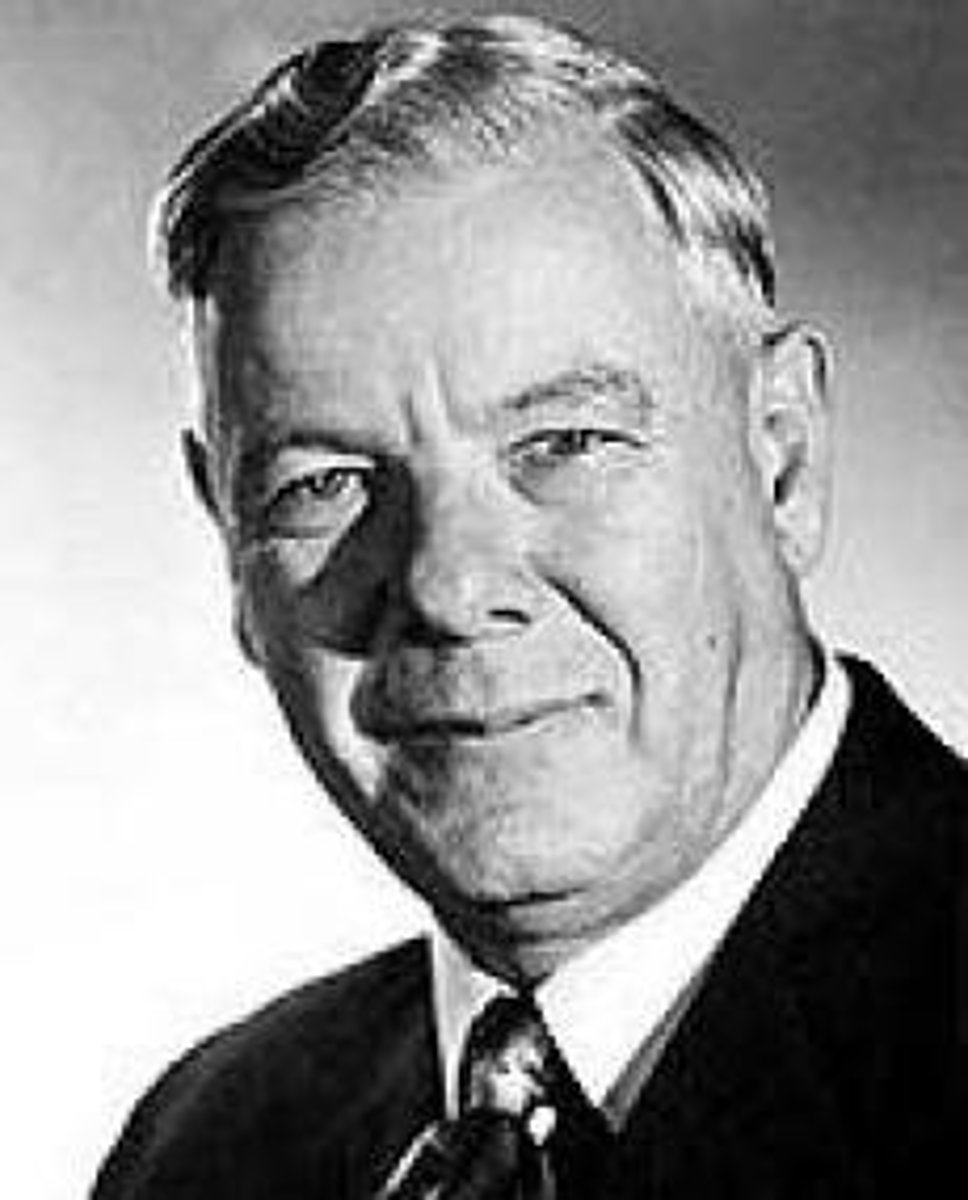
Defiance Campaign
1952; launched by the ANC, SAIC, and FAC against the new laws regarding passbooks; wanted to fill the courts and prisons with people arrested for not having the proper passbooks and overwhelm the system; protesters were extremely peaceful ---> hard for the government to justify using force against them and increased support for the movement; ended after a series of government provoked riots (killed 26 Africans and 6 whites)
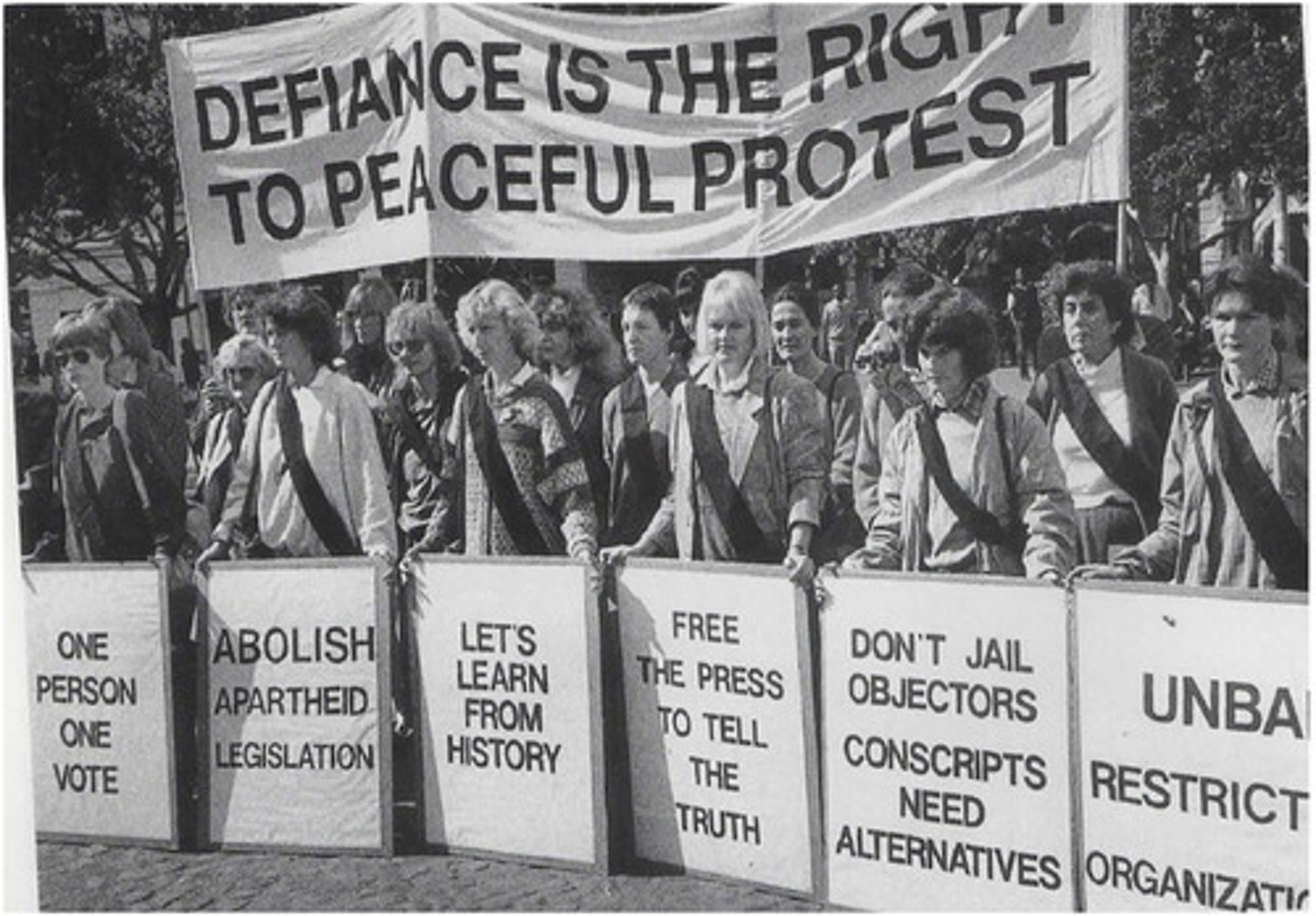
Civil Disobedience
A form of political participation that reflects a conscious decision to break a law believed to be immoral and to suffer the consequences.
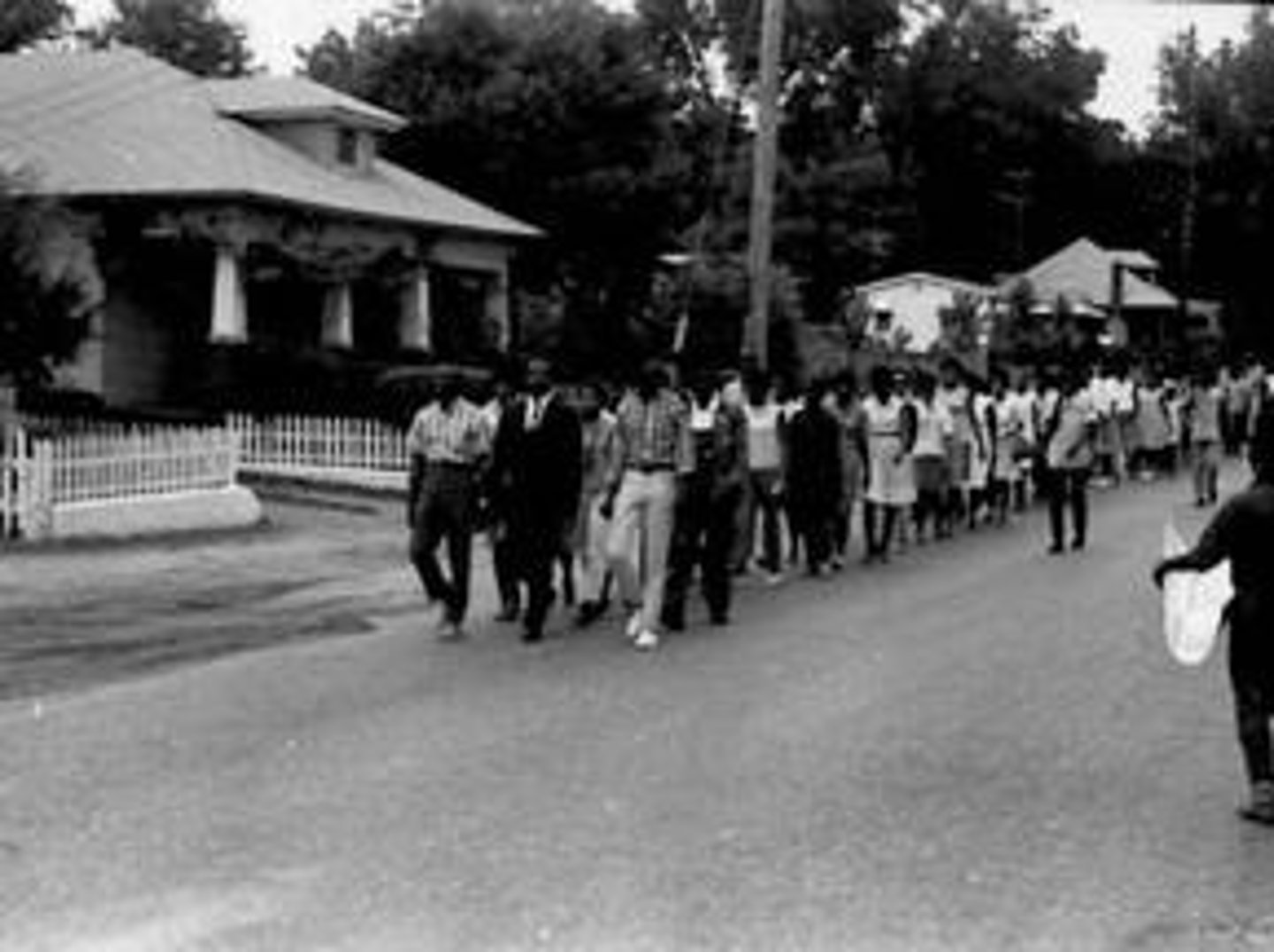
Freedom Charter
Declaration of principles issued by ANC in 1956; advocated racial equality, free education and medical care, public ownership of mines, banks and big industry
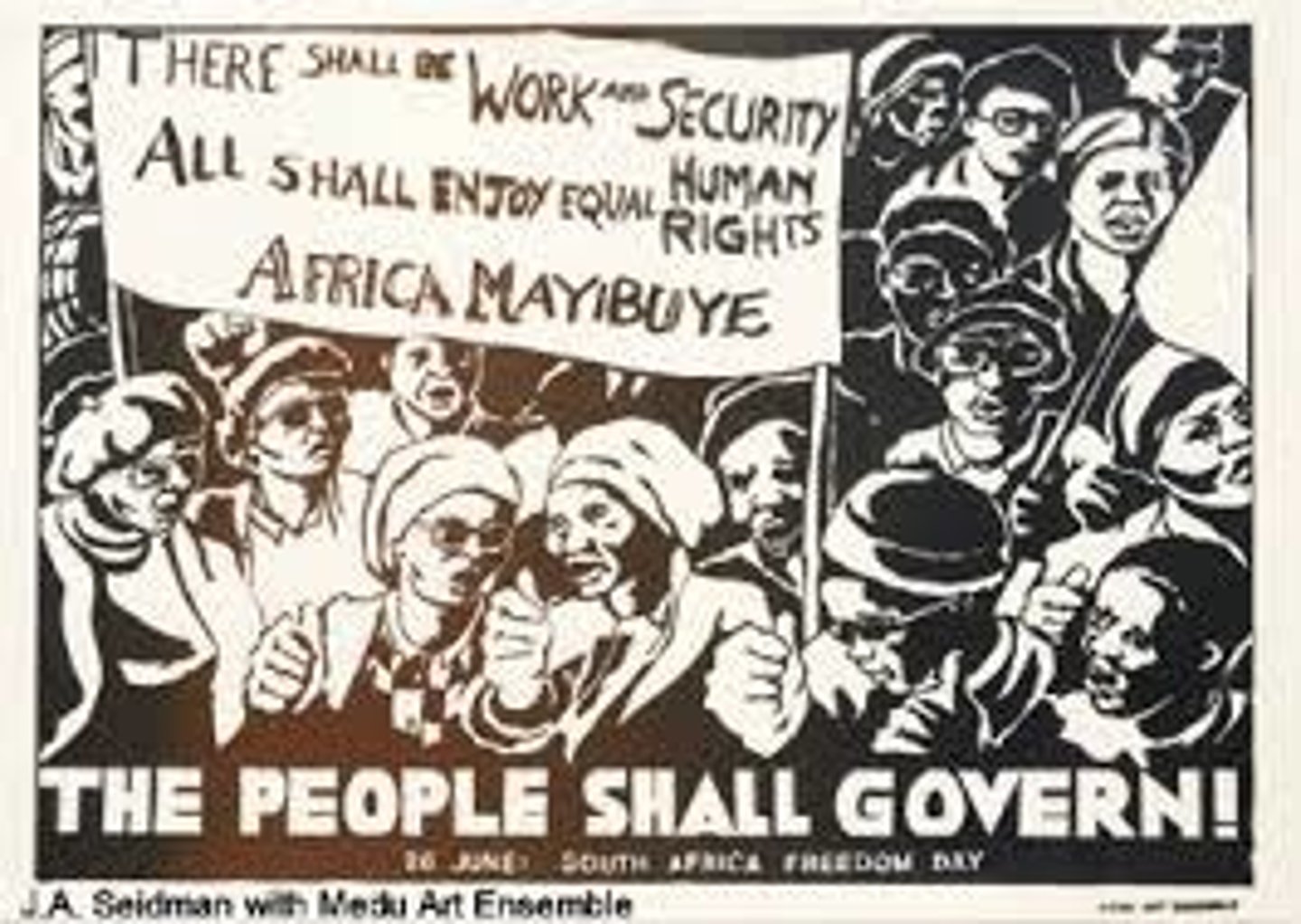
Alexandra Boycott
a protest undertaken against the Public Utility Transport Corporation (PUTCO) by the people of Alexandra in Johannesburg, South Africa.
It is generally recognized as being one of the few successful political campaigns of the Apartheid era
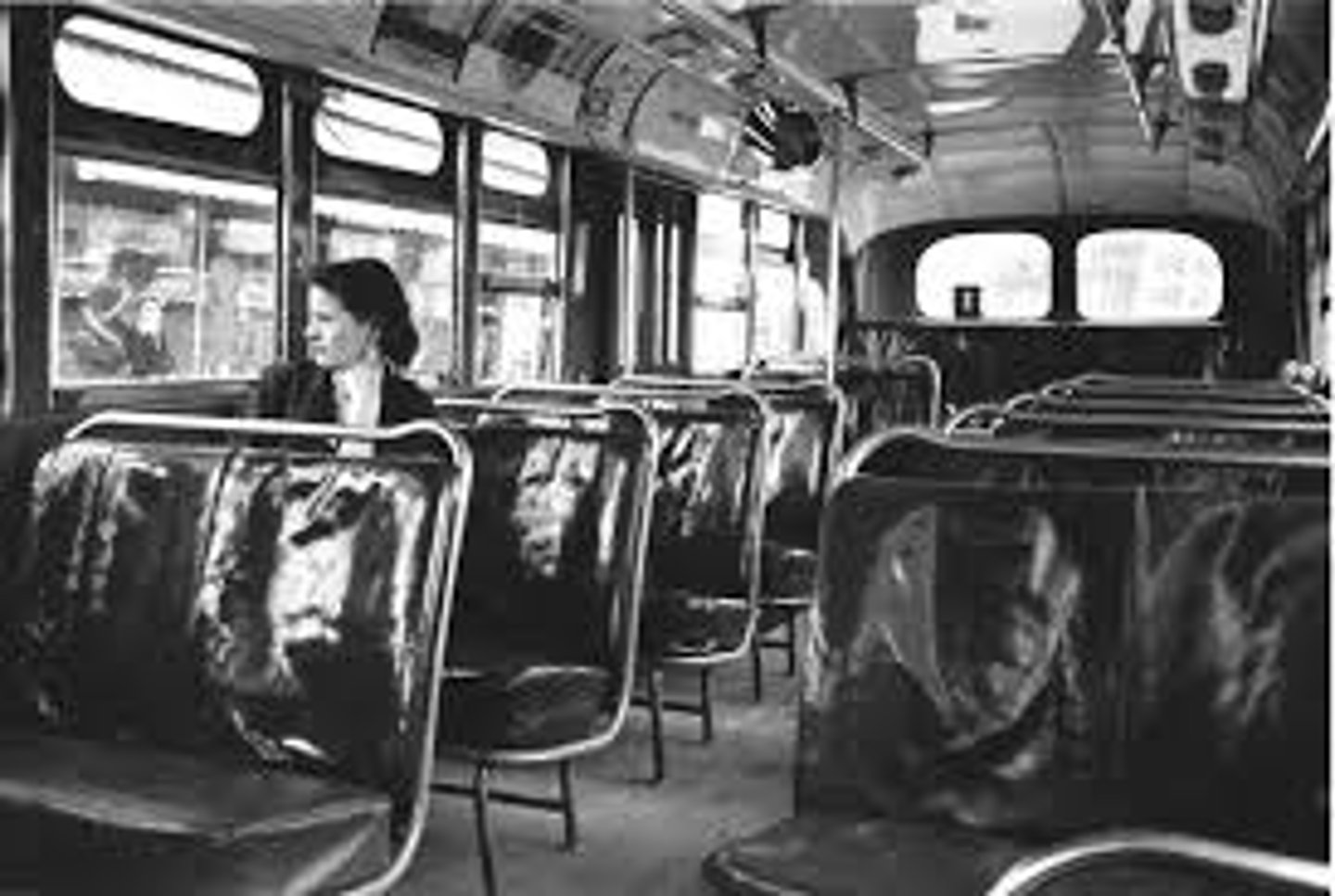
Sharpesville Massacre
1960; peaceful protest against apartheid; police shoot down 69 people, declares state of emergency- suspends rights until problem is solved; turning point in decision to use armed violence
Rivonia Trial
Trial that took place in South Africa between 1963 and 1964 in which leaders of the ANC were tried. This trial sent Nelson Mandela to prison.
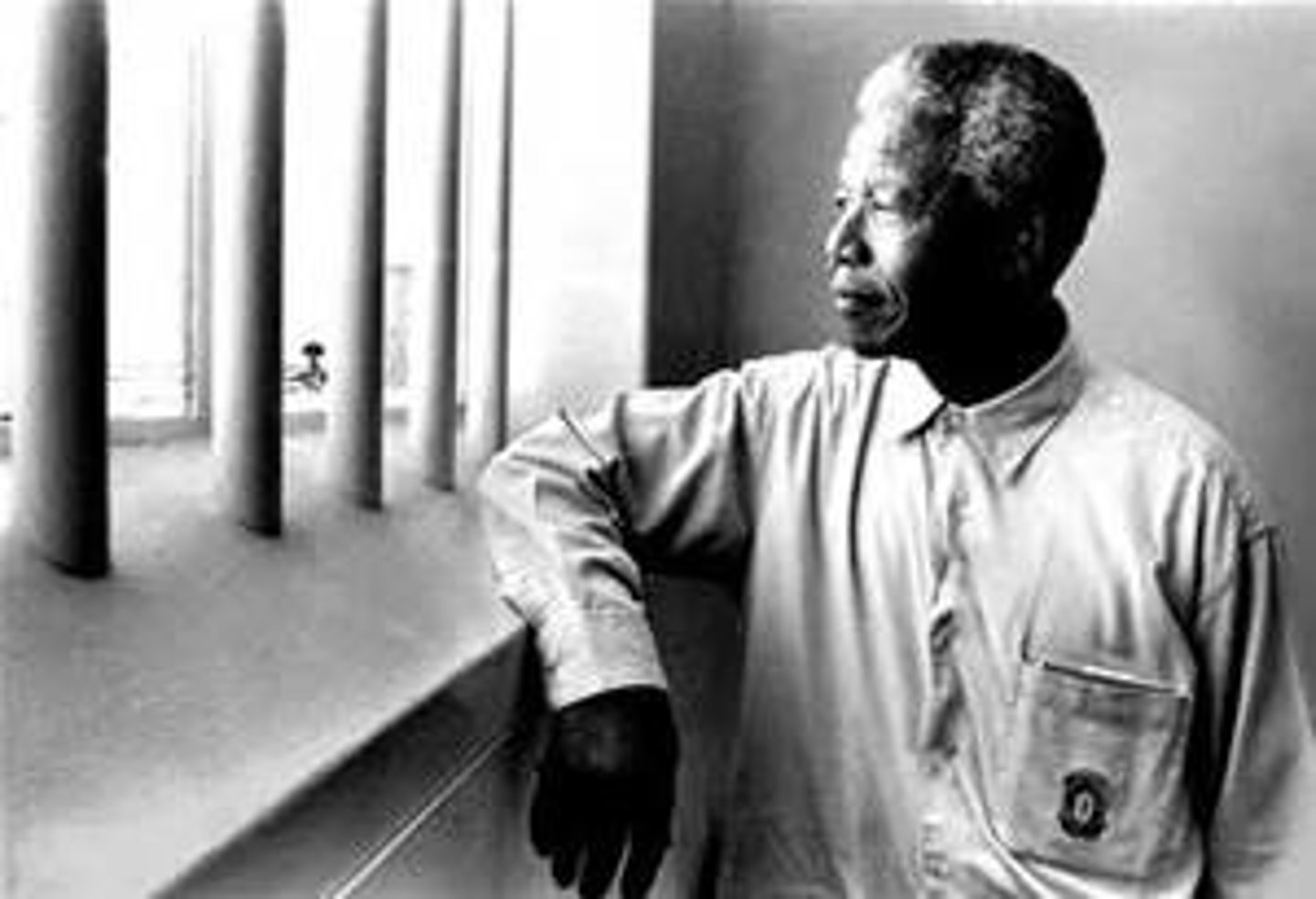
African National Congress (ANC)
the main organization that opposed apartheid and pushed for majority rule in South Africa; later a political party
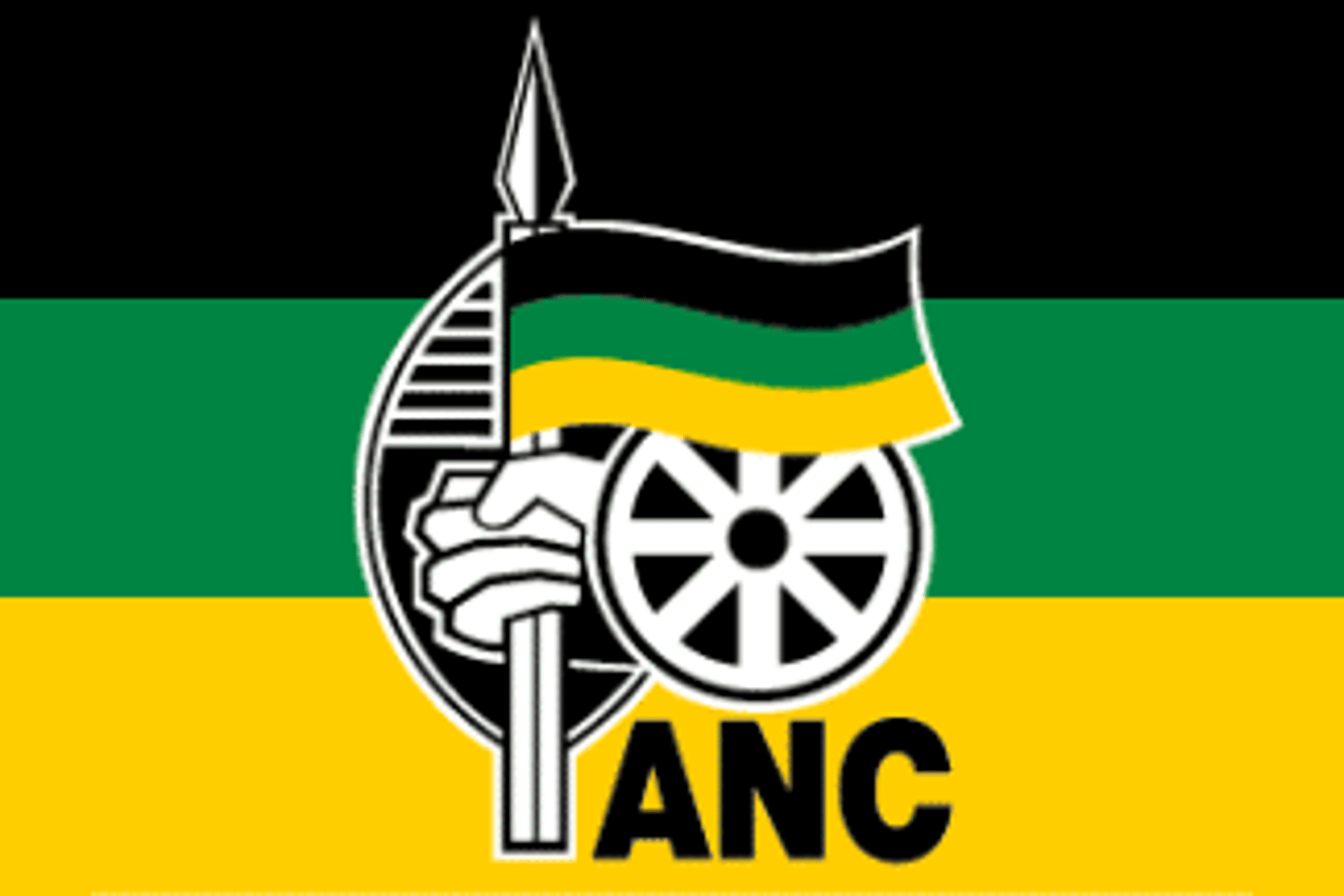
South African Communist Party (SACP)
Marxist organisation closely tied to the ANC; the organised workers' strikes in an effort to pressure the Apartheid government and were accused of treason by the South African government after socialist principles were included in the Freedom Charter.
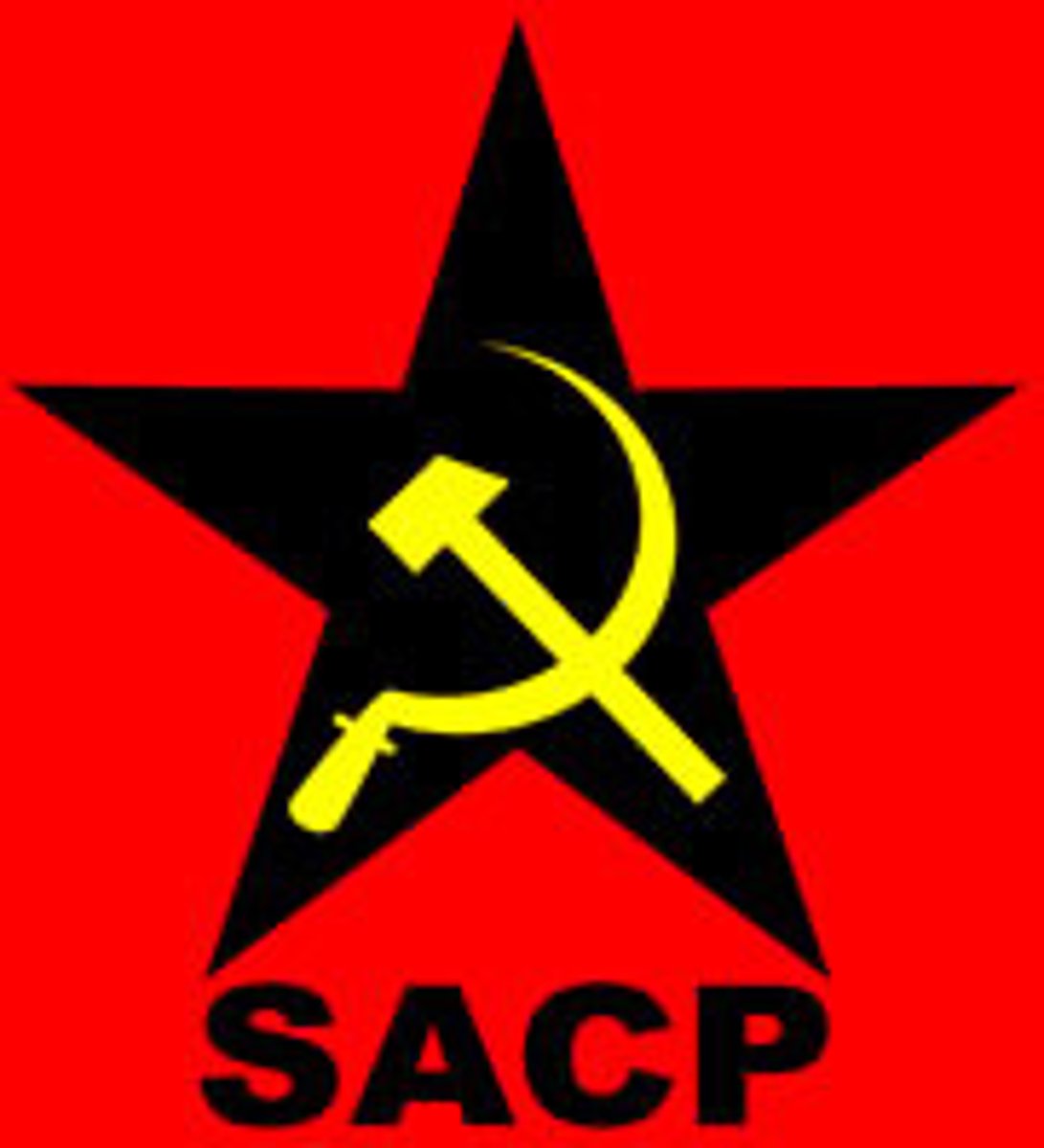
Umkhonto we Sizwe (Spear of the Nation)
a.k.a the MK
- in 1961 nelson mandela and others from the ANC formed this group
- the underground movement began a campaign of sabotage against the government
Albert Luthuli
Zulu chief who became the president of the ANC in 1952 known for his commitment to non-violence. Repeatedly banned by the South African government, he opposed the adoption of armed struggle and was awarded the Nobel Peace Prize in 1960.
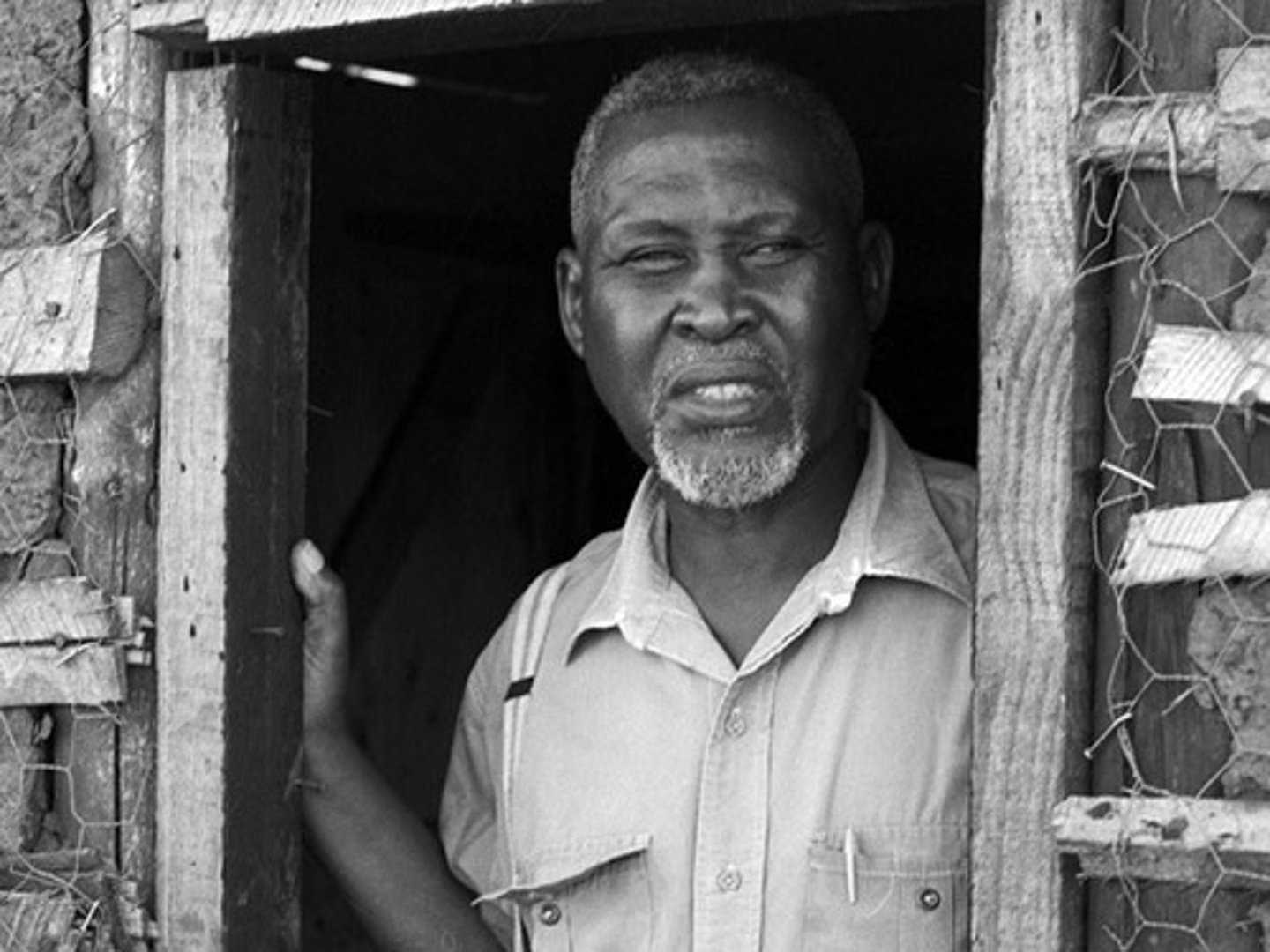
Nelson Mandela
ANC leader imprisoned by Afrikaner regime; released in 1990 and elected as president of South Africa in 1994.
